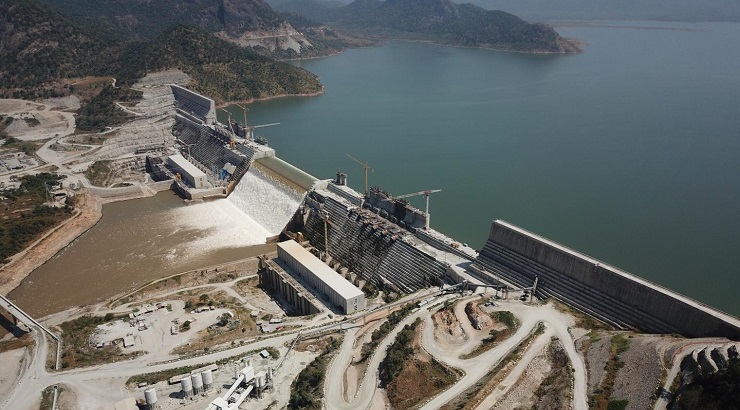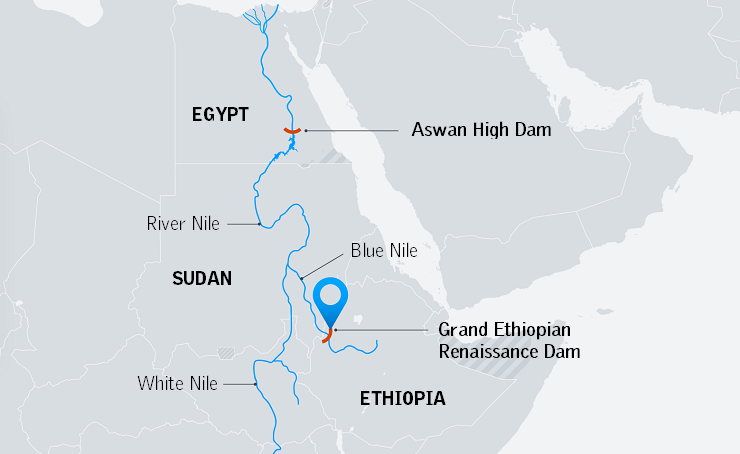Infrastructure
Grand Renaissance Dam of Ethiopia 90% Complete
The controversial dam is 90% complete amid rising political tensions.

The Grand Renaissance Dam of Ethiopia is 90% complete amid rising political tensions with Egypt and Sudan over its impact on the Nile water supply.
This was disclosed on March 24 by the office of the national coordination for the construction of the dam, marking 12 years since the start of the project.
The dam that has been under construction since April 2011 on the Blue Nile – a tributary of River Nile will generate 6,500MW, doubling Ethiopia’s power output.
It will be the largest hydroelectric dam in Africa.
The Grand Renaissance Dam of Ethiopia, whose official name is the Grand Ethiopian Renaissance Dam (GERD) is being undertaken by the Ethiopian Electric Power Corporation (EEPCO) for $4 billion.
The EEPCO has partnered with several international companies to provide technical assistance and equipment for the project.
These companies include Italian contractor Webuild, which has been responsible for the construction of the roller-compacted concrete (RCC) for the dam.
RCC is a special type of concrete that is used in the construction of large-scale structures such as mega-dams.
The material allows for faster construction timelines while cutting costs and carbon footprint compared to traditional concrete dams.
Controversy
The Grand Renaissance Dam of Ethiopia has been a controversial topic for more than a decade. The main disagreement revolves around the distribution of water resources among Ethiopia, Egypt, and Sudan.
RELATED: 10 Biggest Projects in Africa
Egypt has been concerned that the dam will significantly reduce the flow of water to the Nile River downstream while Sudan has been worried about the dam’s impact on its water resources and infrastructure.

Sudan, however, seems to have recently changed its stand amid optimism that GERD will help to regulate the annual floods witnessed in the country.
In January, Abdel Fattah al-Burhan, Sudan’s de facto leader, told Ethiopian Prime Minister Abiy Ahmed that the two countries were “aligned and in agreement on all issues regarding the Grand Ethiopian Renaissance Dam.”
Egypt has, however, not changed its opinion, maintaining that the dam will cut its water supply – causing a devastating outcome for its economy.
The Egyptian government recently warned that “all options are on the table” to deal with any threats to its water supply posed by the dam.
Experts have, however, ruled out any military action – saying the mega-dam has the potential to benefit the whole region if prudently operated.
“Great benefits could be derived if Egypt’s Aswan High Dam and Ethiopia’s GERD were operated together,” Hagen Koch, a senior scientist at the Potsdam Institute for Climate Impact Research said in a recent interview with DW.














